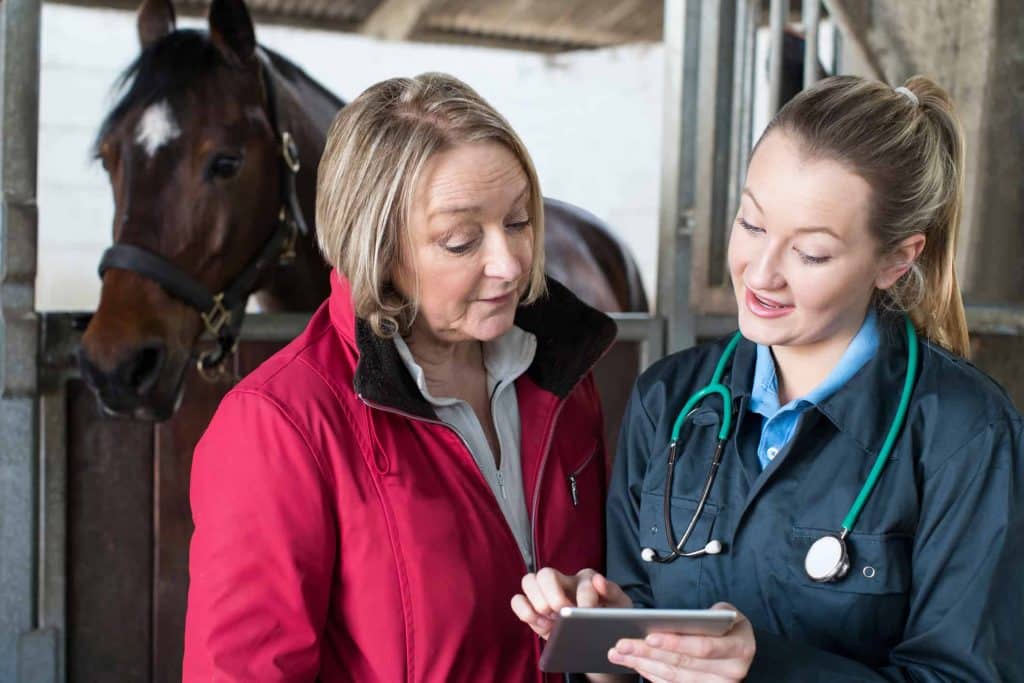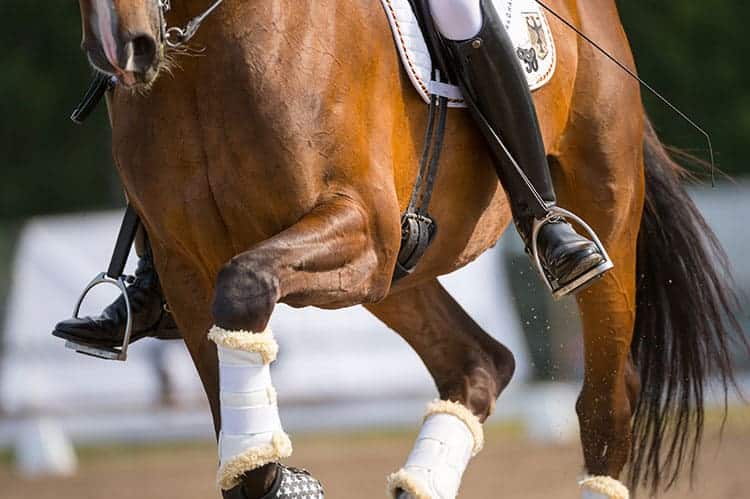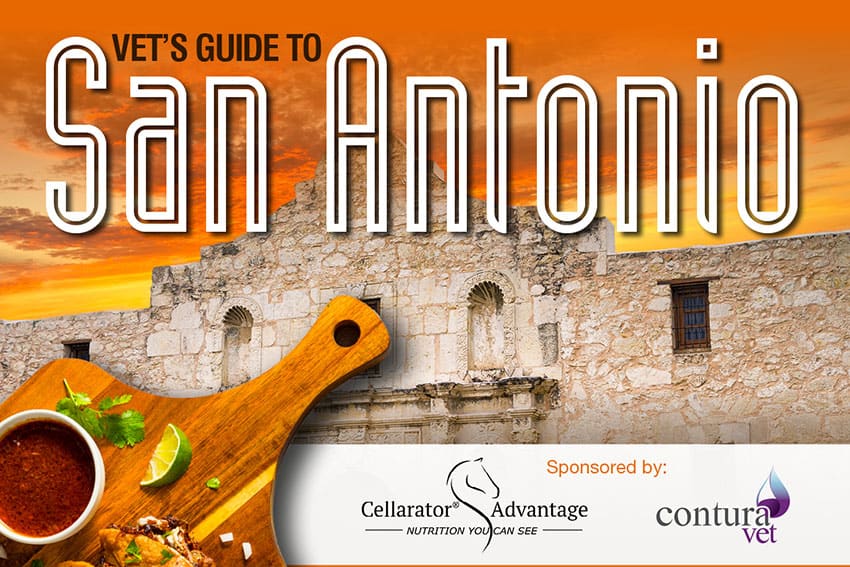
Mindfulness: A Powerful Tool for Sustainable Equine Practice
Dr. Tovah Caldwell conducted a study through the University of Guelph to determine how equine veterinarians are using mindfulness to support their careers.

Dr. Tovah Caldwell conducted a study through the University of Guelph to determine how equine veterinarians are using mindfulness to support their careers.

More efficient client communication can improve veterinarians’ well-being and value.

Horses have a wide range of potential for exposure to toxicants; understanding this could help protect them.

Setting boundaries can help veterinarians protect their personal time and have clearer communication with their clients.

Here are some common dental issues that can negatively impact your horse’s performance and how they can be corrected.

This stallside system might benefit horses with acute and chronic inflammatory synovitis.

Dr. Jamie Pribyl explains how busy equine veterinarians ‘can do it all, but not all at once.’

Dr. Gustavo Zanotto of Texas A&M University describes autologous blood products, how they work, the existing research supporting them, and their applications in horses in this Dechra-sponsored online presentation.

One veterinarian and single mom describes how she effectively manages her practice, her children, and her self-care.

Don’t let 2022 come to a close without stocking up on all your veterinary necessities! Download this free guide for information on equipment, supplies, and product specials for veterinarians.

The organization surpassed its $10 million goal, expanding the foundation’s ability to provide scholarships and grants.

With this easy-to-use Vet’s Guide to San Antonio, you can discover places to eat, drink, and enjoy during the 2022 AAEP Convention. Sponsored by ADM Equine and ConturaVet.

Download a free copy of The Horse‘s Equine Practitioner Product Guide for information on equipment, supplies, and product specials for veterinarians.

While ultrasound doesn’t always provide a definitive diagnosis, it can be a useful tool for gathering critical information.

The guidelines can help veterinarians make a diagnosis, recognize clinical signs and risk factors, and provide treatment.

The American Association of Equine Practitioners has published new nocardioform placentitis guidelines to help veterinarians help protect their clients’ broodmares and unborn foals.
Stay on top of the most recent Horse Health news with
"*" indicates required fields